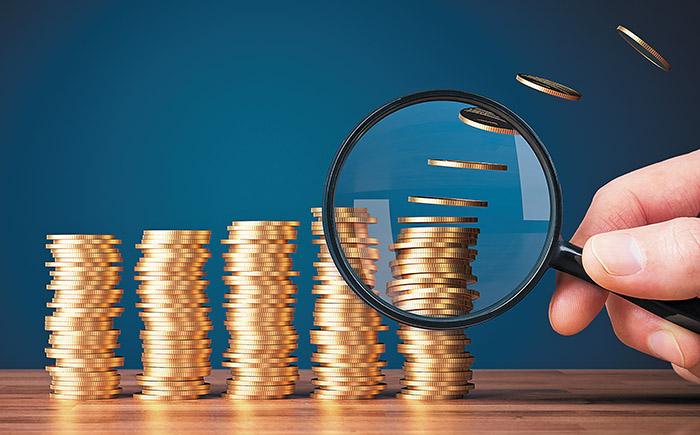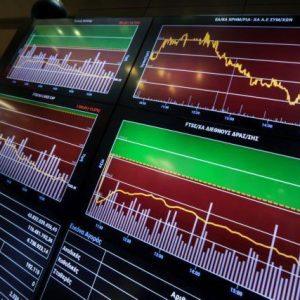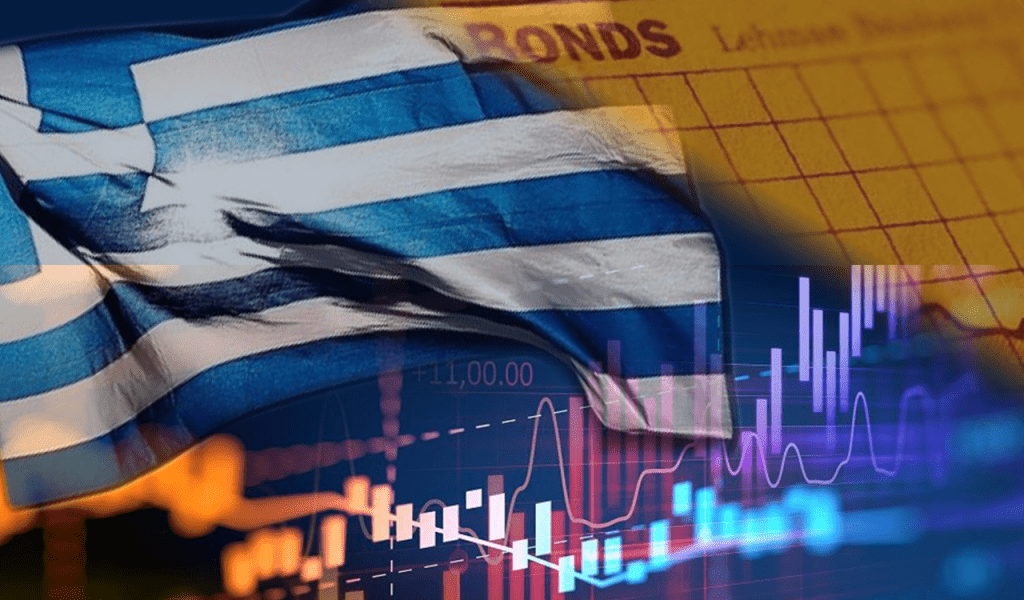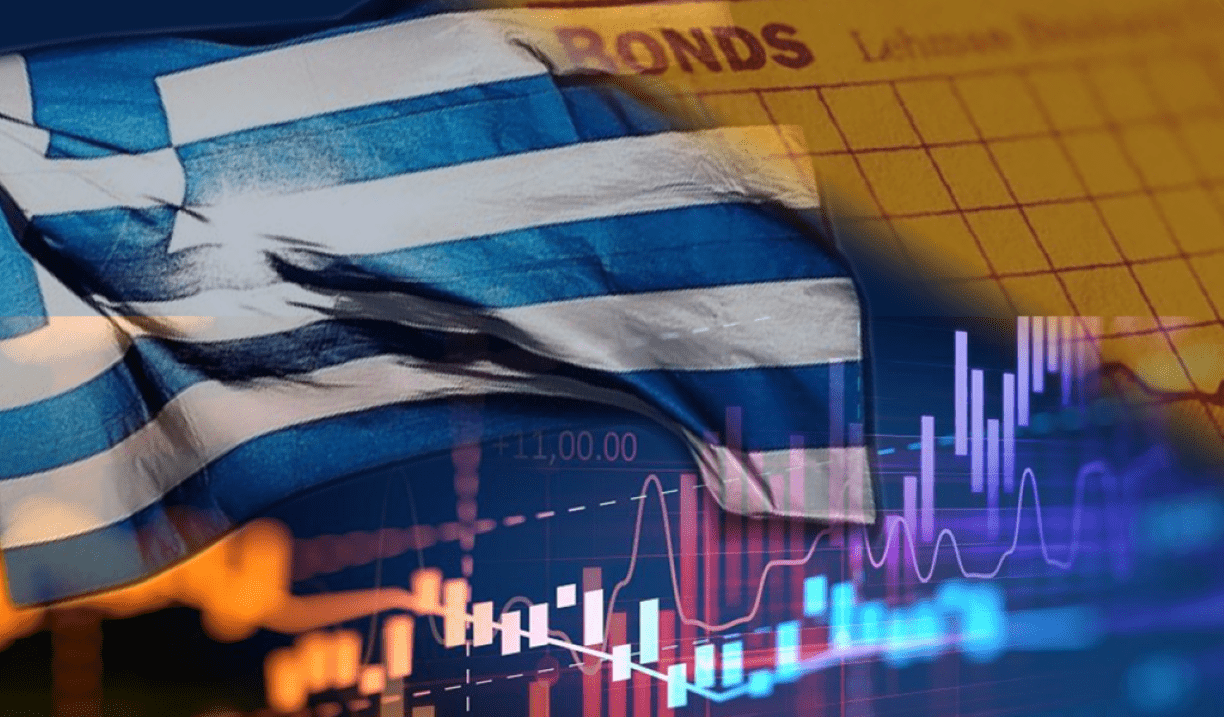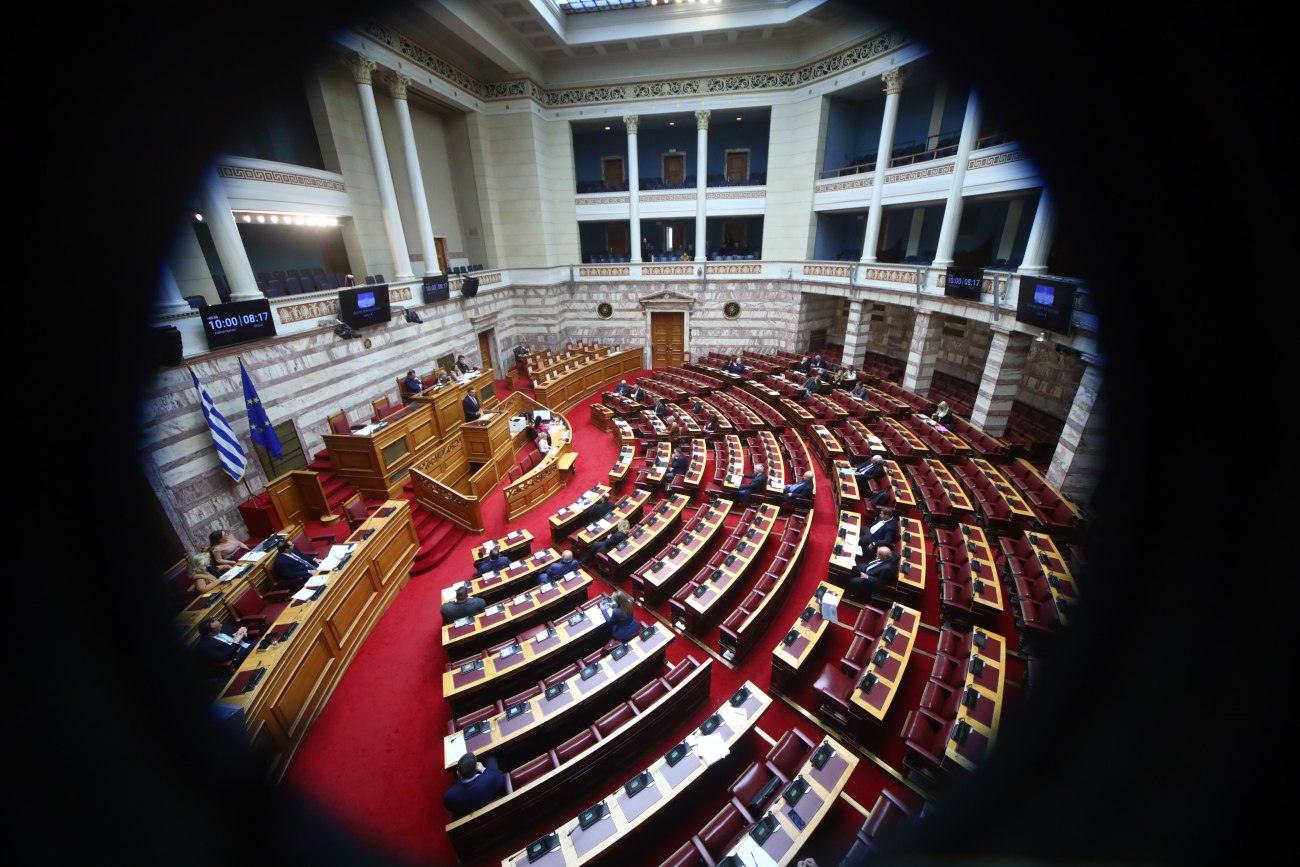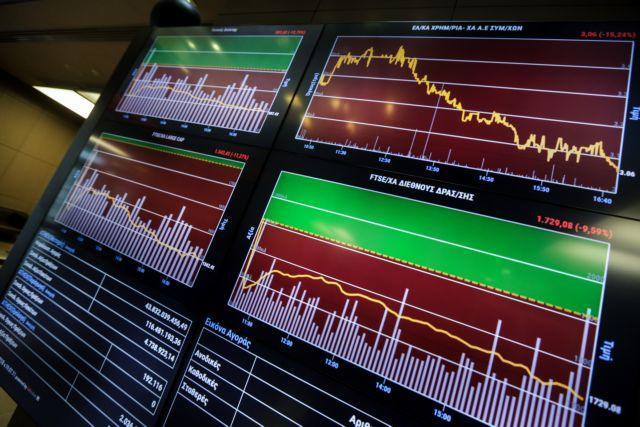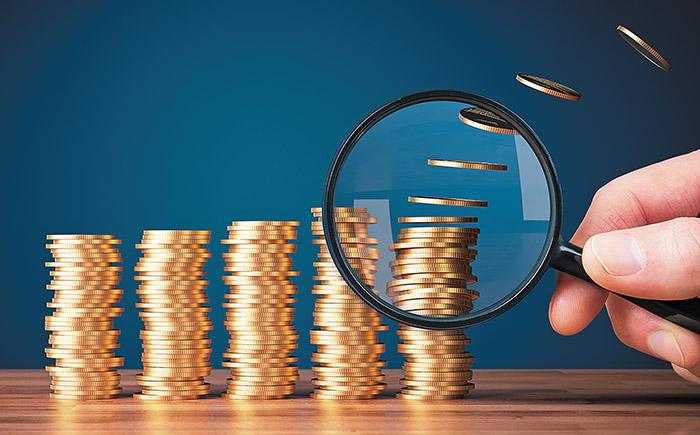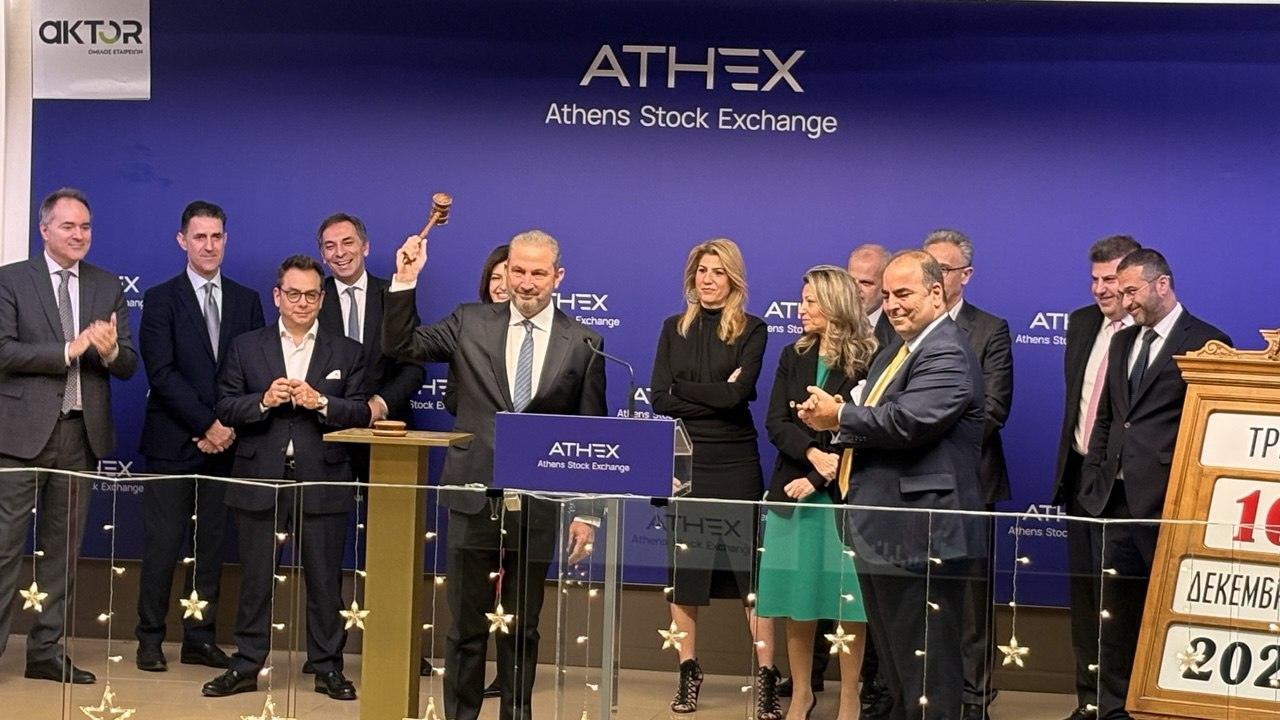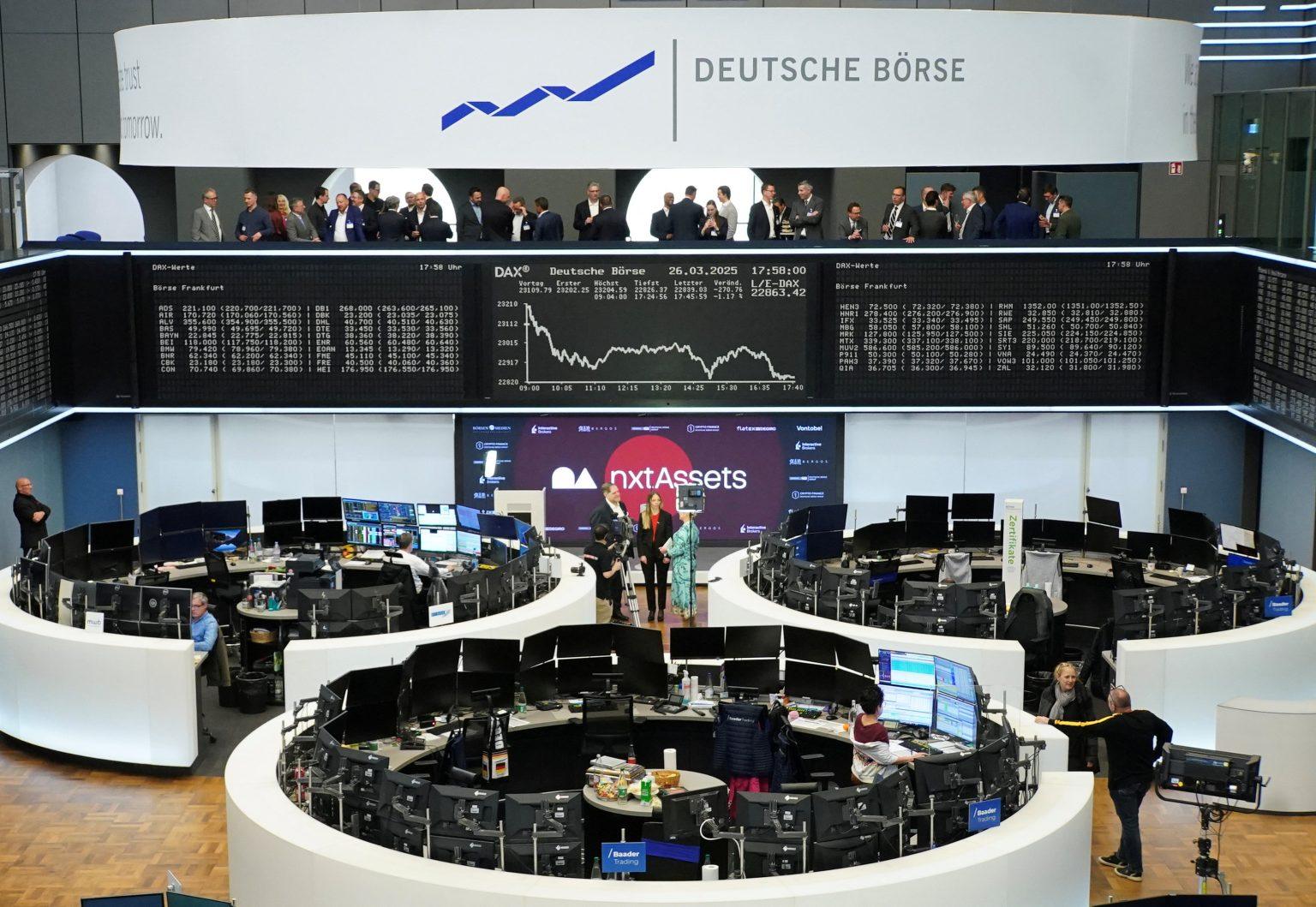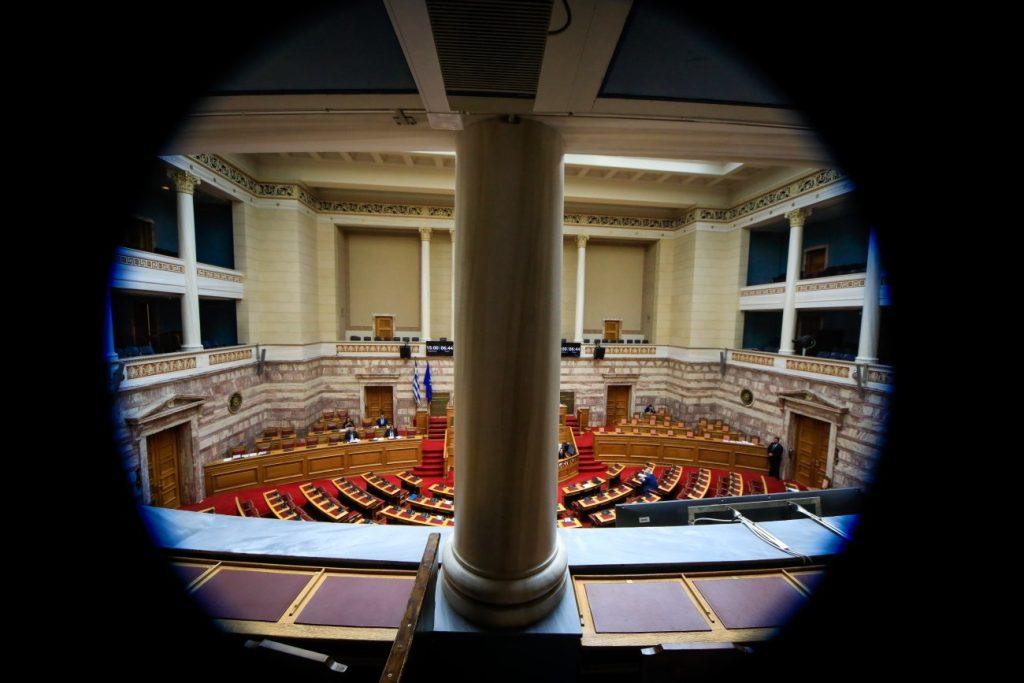The Budget Office put forward two scenarios, according to which the Greek per capita GDP would be commensurate with 2007.
In the first case study, assuming a conservative annual investment growth rate of 4.0% combined with an annual increase in labor productivity of 1.38%—a figure still below the historical trend of 1.46% recorded between 1974 and 2007—the Greek economy is projected to return to its 2007 level of real GDP per capita by the year 2032.
In the second, more optimistic scenario, with a stronger annual investment growth rate of 6.6% and labor productivity increasing at 1.85% per year, Greece is expected to surpass the 2007 real GDP per capita level two years earlier, by 2030.
In both cases, the country’s per capita GDP is driven primarily by gains in labor productivity, supported by rising investment levels and capital deepening—namely, the increase in the quality and quantity of capital per worker.
Expediting structural reforms in the country is imperative to bolster productivity growth and foster a more dynamic labor market to secure long-term sustainable development, the report underlines.
The paper explores the prospects of economic expansion until 2033, identifying a notable divergence in the recovery of capital stock following the 2010 crisis. While there has been a strong rebound in investment in machinery and equipment during the period from 2017 to 2024, averaging an annual growth rate of 9.3%, investment in buildings and construction has continued to lag behind, with an average annual decline of 0.1%.
GDP per capita is an economy’s production per person. It is often viewed as an indicator of the population’s general welfare and standard of living.
Source: tovima.com
